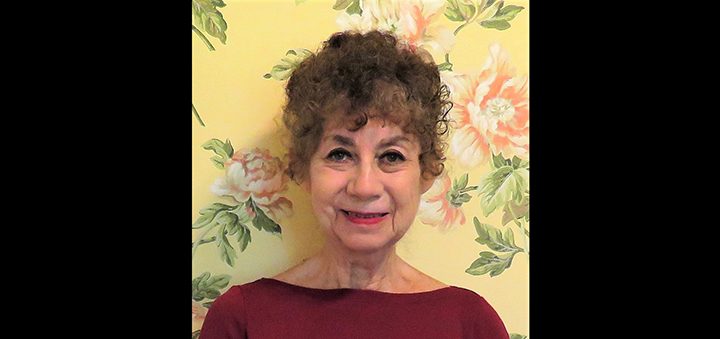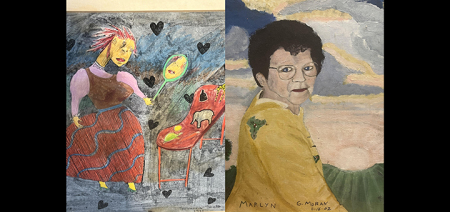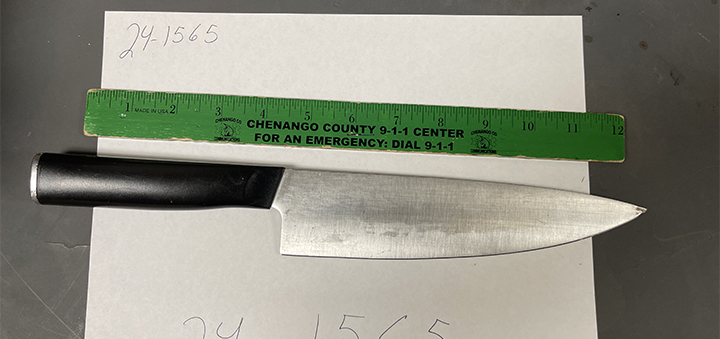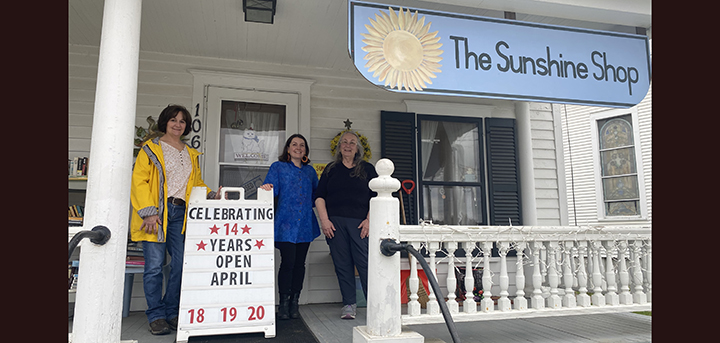Tilting At Windmills: The Curious Case Of The Kerosene Heater
Published:
January 21st, 2022
By:
Shelly Reuben

Back in the days when I was a licensed private detective (I’ve always wanted to say that. Something like “Follow that cab!”), I had an interesting case. The only one where I worried about being shot, and had to return to the same crime scene three times.
I was at an early stage of working with my late husband at our new fire investigation company, Charles G. King Associates, and still learning what later became one of my careers. The other was writing.
At that time, Charlie didn’t trust me to do an investigation by myself, so he sent me out with Pete Kilian (not his real name. All of the names in this story have been changed), who had been in his surveillance squad when Charlie was a Supervising Fire Marshal in the New York City Fire Department.
When Pete and I did fires together, and we did a lot of them, he became my partner, and he always drove. We were like Bonnie and Clyde. But without the homicidal instincts, the crime spree, or the sex.
Our client was an insurance company – I think Aetna – and the call we received from Felicity Moulton, the claims representative, described the situation like this: “We have a fire in a private dwelling on Juniper Street in Westchester County. It’s in a split-level house owned by Dalton and Cindy Grant, who submitted a claim for damages so fast, the fire was still burning.”
Felicity later told us that when the fire marshal declared the fire “suspicious,” she asked the home office to make inquiries about the policyholders. They came back to her with these additional disturbing details:
Dalton and Cindy Grant had bought and moved into the Juniper Street house four months before the fire and insured it for two-hundred thousand dollars. During the previous three years, they had purchased four other houses. Each was insured by a different company, and all previous claims had been paid.
Upon hearing this, Pete and I looked at each other aghast. He shook his head and asked, “Don’t you people bother to do background checks before you write policies?”
Felicity shrugged, raised her eyes to the ceiling, and muttered something disrespectful about “The Powers That Be.”
We told her that before we could meet her at the fire scene, we had to stop by the fire marshal’s office to look at his photos and read his report.
Fire Marshal Clarence Hewitt was a nice guy, and his photographs gave us a good idea of what to expect. His fire report was less helpful, as it concluded, “We were able to establish that the fire started in the kitchen, but there was so much destruction, we cannot at this time make a determination as to the exact point of origin or its cause.”
We thanked him, paid for copies of his photos and fire report, and headed out to meet Felicity. As we approached the scene, it was obvious that the fire had been confined to the kitchen area in the northwest corner of the ground floor. Other than smoke, overhaul and water damage, the rest of the house was intact.
I’m not going into detail here about methodologies of fire scene examination, so you’ll just have to believe me that we quickly eliminated all other possible areas or origin, and agreed with Fire Marshal Hewitt on where it started.
Even though the kitchen itself was a mess, watching Pete inspect, analyze, and poke through the rubble was a thing of investigative beauty. During firefighting operations, tables and chairs were overturned, light fixtures were broken and hung from the ceiling by a single wire, and the refrigerator door had popped open after the seals melted, so the stink of rotted food permeated our every breath. All surfaces were burned, charred, wet, and black. Windows were covered with soot, cabinet doors had been wrenched off their hinges, and broken glass crunched underfoot.
While Pete sifted through the debris, I slipped outside with a pen and legal pad to interview the neighbors, and that’s when I learned that the Grants had more idiosyncrasies than just buying and burning houses. Before the fire, Dalton had been seen striding up and down the street carrying a shotgun. Mrs. Littlefield, who lived next door, told me, “This was not a man from whom one would care to buy Girl Scout cookies.”
Although we were able to start our investigation that morning, we weren’t able to finish it, as Felicity had set up an interview for us at her office with the policyholders, where we would be able to ask them questions relative to the fire. But they never showed up. In fact, after the fire marshal declared the fire to be “suspicious,” Dalton and Cindy disappeared from Westchester County, and to all intents and purposes, were never seen again.
The following day, Pete and I continued our investigation. He sifted through rubble, swept aside wreckage, and studied burn patterns. After about an hour, he discovered a circle on the floor in the center of the room about ten inches in diameter comparatively untouched by fire. It was surrounded by intense burning where flames seemed to have shot out in every direction and eaten deeply into whatever they touched.
Pete continued his search among debris heaped in the corner of the breakfast nook. He found scorched and sodden curtains, placemats, and paper Towels. He identified coffee pots, melted popcorn makers, and ice cube trays. Finally, out of that miserable mound, he pulled the dented and misshapen carbonized remains of what was once a kerosene heater. He set that aside, plunged his arm back into the pile, and pulled out an equally dented and rusted gallon can of kerosene. It did not have a cap, and its mouth had been distorted by a force stronger than flames.
Pete carried both items to the area he had cleared earlier. First, he placed the kerosene heater over the ten inch circumference on the floor in the center of the kitchen. It fit perfectly.
Next, he positioned the kerosene can on top of the space heater, cautiously releasing it, stepping back, and hoping it would not fall. It did not. Again, the burn patterns aligned.
Pete stood there for a moment, admiring his work. Then he brushed off his hands (like Charlie, he never wore gloves and always left a fire scene with bloody cuts and bruises), and grinned.
We photographed everything, and went home.
We returned a third time the next day, but now we brought my husband, Charlie – fire investigation guru and court of last resort. The two former fire marshals studied Pete’s handiwork the way that medical researchers might admire a cure they’d just discovered for a rare disease.
Pete jutted his jaw toward his reconstruction.
“What they did here,” he said, referring to the homeowner/arsonists, “was fill the space heater with kerosene and set the knob on HIGH. They took the one-gallon can, filled it about half-full with kerosene, screwed on the cap, and placed it on top of the space heater. Then they left the house, knowing that the high temperature generated by the space heater would convert the liquid kerosene inside the can to gas, the gas would expand, and the pressure inside the can would build and build and build until eventually, there was nowhere for the gas to go but out. It exploded, blasting off the cap and shooting hot flammable liquid onto the ceiling, nearby surfaces, and the floor, thereby causing and accelerating the fire.”
Pete turned to Charlie. “Right, Boss?”
Charlie nodded. “Absolutely right.”
And me? I thought I was living the movie version of my own life…married to Sherlock Holmes and partnered with Sherlock’s best friend. Could anything be better than that?
Maybe not.
But next week, I’ll tell you about Charlie’s investigation of a fire in a brand new green sedan.
And that story will be just as good.
Copyright © Shelly Reuben, 2022. Shelly Reuben’s books have been nominated for Edgar, Prometheus, and Falcon awards. For more about her writing, visit www.shellyreuben.com
Author: Shelly Reuben - More From This Author
Comments






